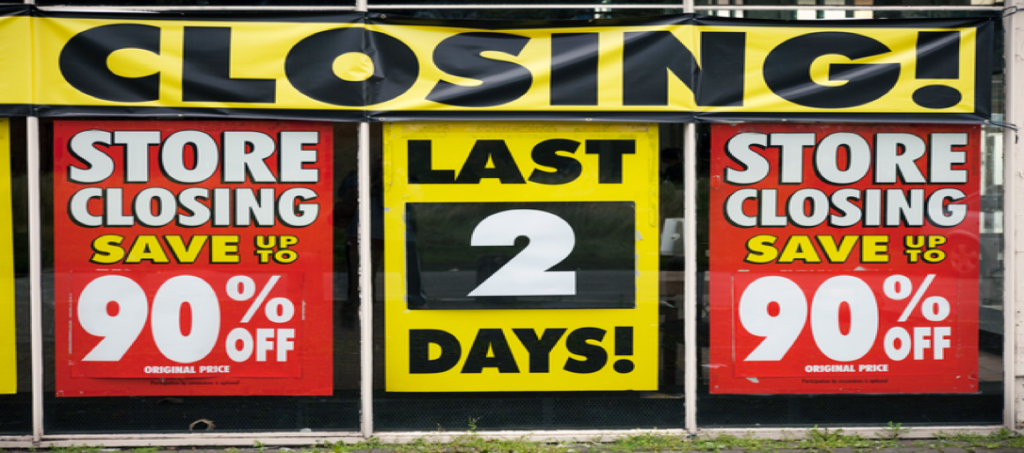Are Malls Becoming the Next Dinosaur
Retailers are scrambling to figure out how to survive as e-commerce and the global pandemic have upended their traditional business model. Can they reinvent themselves or will they go the way of so many past industries no longer with us? Retailers across the United States are facing mass extinction as a fallout from the Covid-19 …

